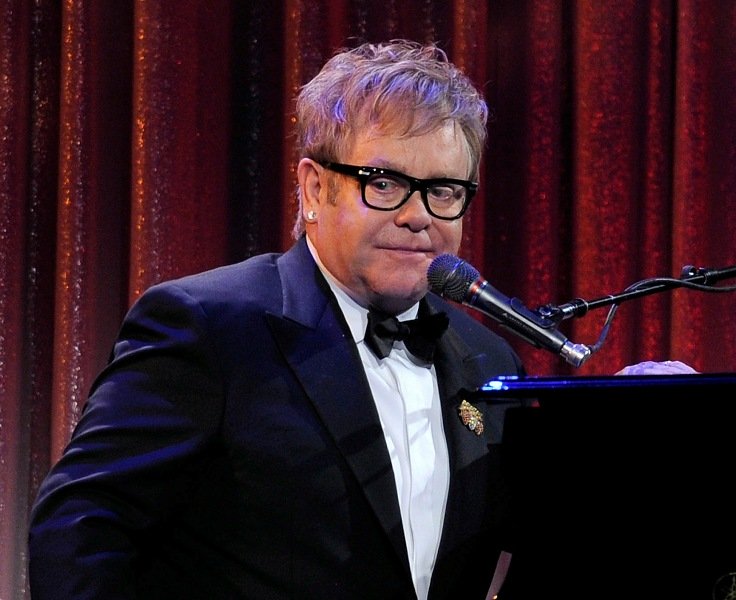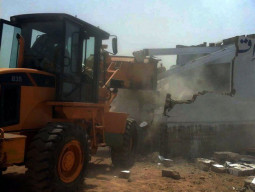
The Green Line of the Bus Rapid Transit (BRT) project has been inaugurated by the Prime Minister. This is a historic moment as for the last several years, in fact since the early 1970’s, we kept hearing about a public mass transit system for Karachi.
A lot of plans and projects were elaborated but none actually reached a level of maturity, which the proposed BRT intervention has now.
There was the Karachi Mass Transit Programme, starting with a proposed Light Rail Transit (LRT) system, transitioning to a BRT form and finally biting the dust. There has been a long standing intention to revive the Karachi Circular Railway (KCR), which once formed part of a highly functional public transportation system in Karachi incorporating, within its folds, the tram system and a fairly well serviced public bus network. There is still hope that this becomes reality. An authority has been set up now in order to oversee and manage this revival. Other more generalised plans like the Japanese-funded Karachi Transport Improvement Project (KTIP) were finalised not too far back. However, it is the BRT that among all seems poised to hit the road.
One feels a room for optimism about the possible benefits trickling down to the common man once the project becomes operational. It appears that this project was finally able to overcome many obstacles, which had derailed earlier interventions. All tiers of governance seem to act in concert, while the trigger was set at the federal level with the federal government funding one line of the project. The provincial government is on board as well, while the local and city government have not yet voiced any disapproval. A political consensus seems to be achieved which is critical to ensuring the sustainability of the enterprise.
The stakeholders of the informal transport sector that always had issues with earlier proposals seem to be part of the consensus on the condition that they would find an important role in the project’s running. The civil society has not raised any serious objections till now too.

The basic homework for setting the wheels in motion seems to be effectively formalised. However, what has to be realised is that transportation projects, particularly of the scale of the proposed Karachi BRT project, have the capacity to transform the city’s entire landscape.
Choices in transportation modes and the accommodating land utilisation and infrastructure placement can redefine the land use and typology of the city.
Elevated routes have been built up in the congested corridors of the city. Although there is hype about the expected benefits, there is not enough information about the effects on existing land use, environment, human settlements and businesses.
There is little information about the reduction of already minimal urban green spaces, evictions of people and businesses and existing transportation infrastructure. The environmental aftermath in terms of possible increased air and noise pollution has to be considered. Furthermore, measures to combat possible traffic congestion on traffic corridors that will be reduced in their carrying capacity of private automobiles are factors that need to be highlighted and disseminated more effectively among the most important stakeholders -citizens of Karachi.
After all, there is the important aspect of affordability. Any public transport has to be affordable in order to succeed, besides being able to provide quality and time efficient access to critical destinations of travel.
The BRT system seems to offer a mix of funding and management options. The federal government is funding a line, the provincial government is funding one line and the private sector is also a part with models of public-private partnerships being proposed. How will a uniform tariff or rate be offered? How much of it will be subsidised?
While for now there seems to be a political consensus on this project, the real test will come when it becomes operational and competing interests clash. Again, there is not enough public disclosure on the contents of the proposed legislative umbrella of the project and how well constructed it is to withstand the turf battles on ground. With multiple funding and operating entities involved, there is the matter of monitoring and regulation of performance standards.
Having said all that, the launch of the BRT needs to be welcomed even if with cautious optimism. It is expected that the process will be open and accommodating to all relevant questions being raised in order to address them appropriately, and that all stakeholders will work together to make this a success.
The writer is an urban planner and runs a non-profit organisation based in Karachi city focusing on urban sustainability issues. He can be reached at fanwar@sustainableinitiatives.org.pk
Published in The Express Tribune, February 29th, 2016.



1732259077-0/carti-(1)1732259077-0-165x106.webp)













COMMENTS
Comments are moderated and generally will be posted if they are on-topic and not abusive.
For more information, please see our Comments FAQ